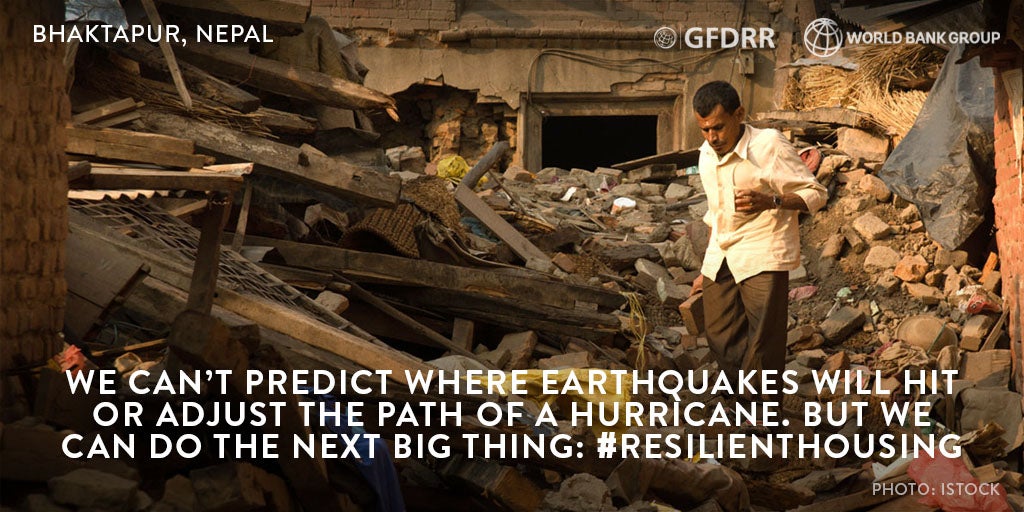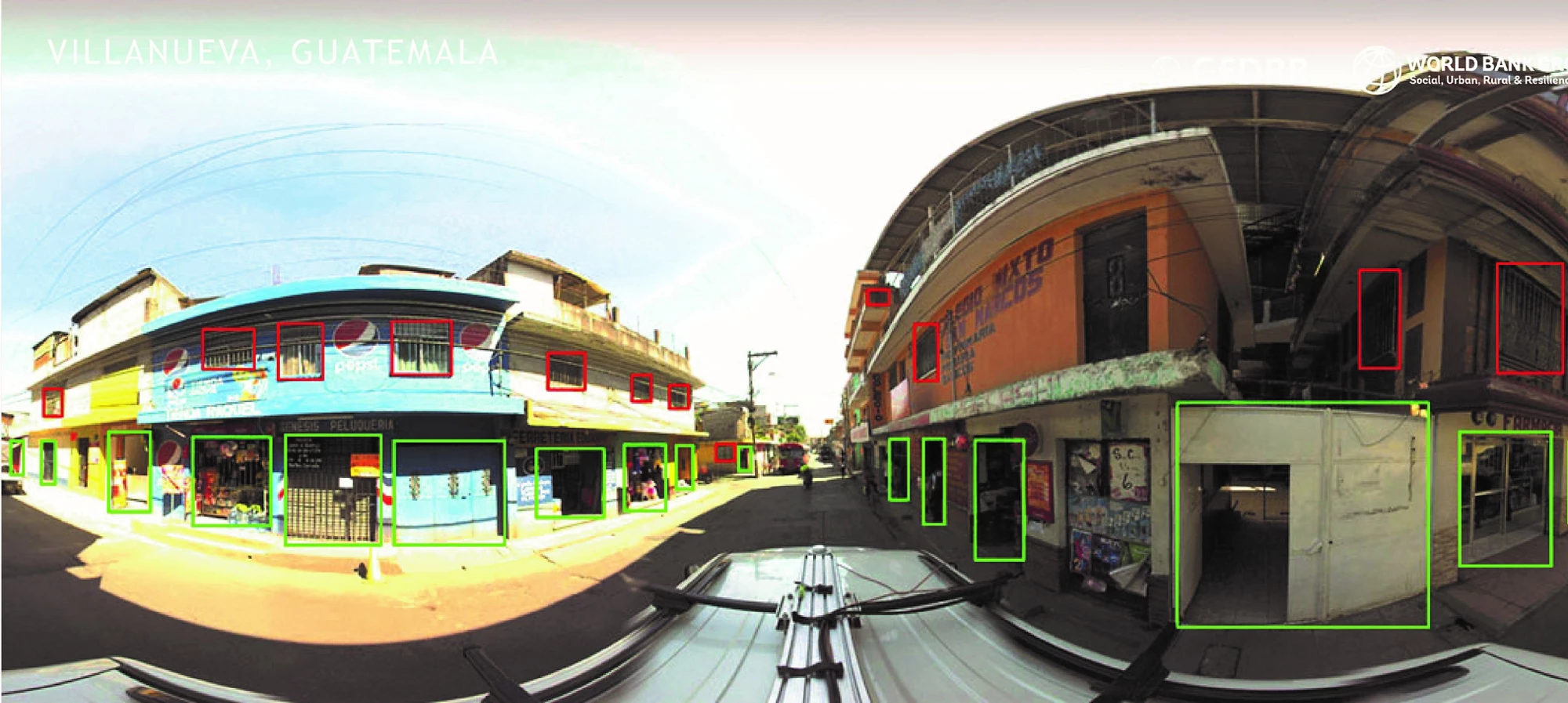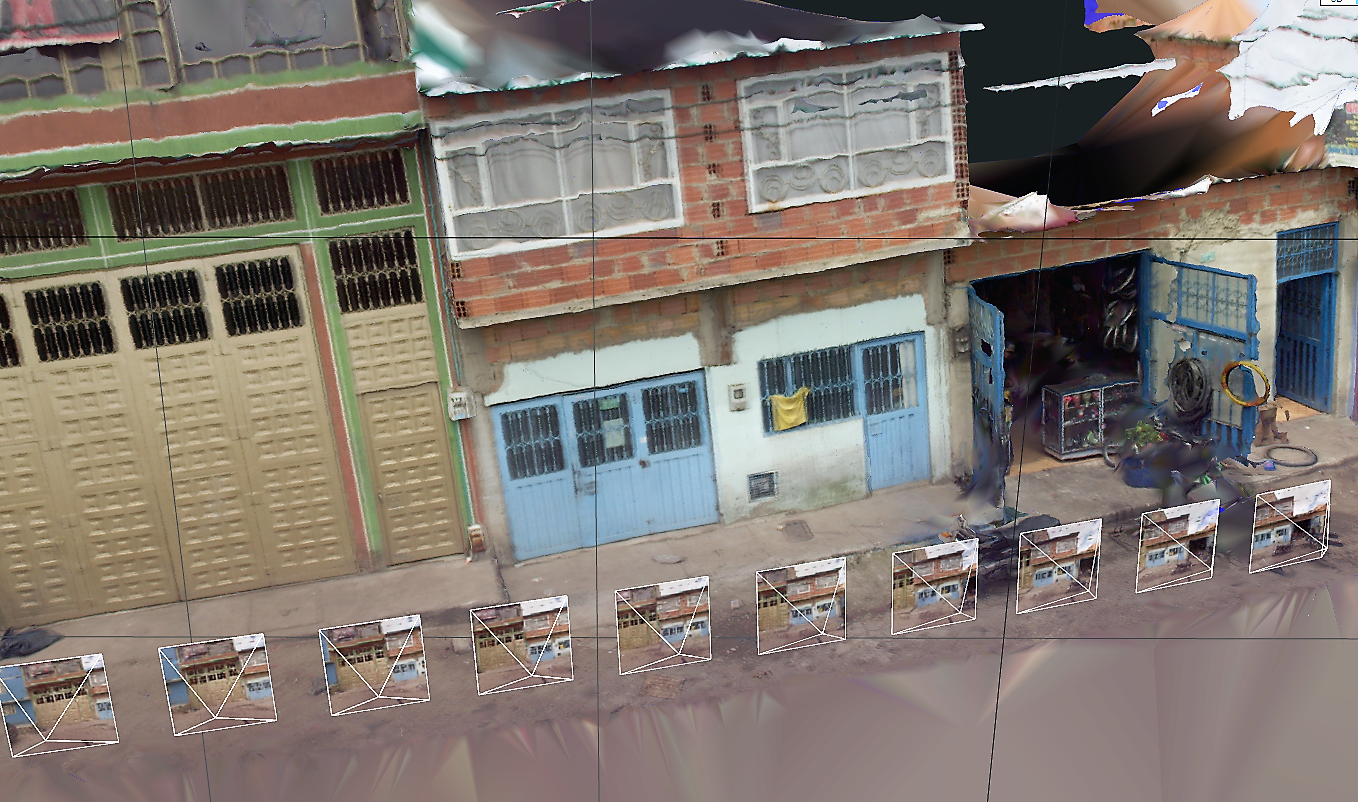Machine learning algorithms are excellent at answering “yes” or “no” questions. For example, they can scan huge datasets and correctly tell us: Does this credit card transaction look fraudulent? Is there a cat in this photo?
But it’s not only the simple questions – they can also tackle nuanced and complex questions.
Today, machine learning algorithms can detect over 100 types of cancerous tumors more reliably than a trained human eye. Given this impressive accuracy, we started to wonder: what could machine learning tell us about where people live? In cities that are expanding at breathtaking rates and are at risk from natural disasters, could it warn us that a family’s wall might collapse during an earthquake or rooftop blow away during a hurricane?
All too often, we spring into action after a disaster strikes and avoid investment in mitigation measures beforehand. As the famous surgeon Denis P. Burkitt once put it: “If people are constantly falling off a cliff, you have two choices: you could place ambulances under the cliff, or you could build a fence on the top of the cliff.” With the help of machine learning, we are now in a better position to build that fence on top of the cliff.
It is estimated that every dollar spent on mitigation saves four dollars in recovery and reconstruction. Yet despite these cost savings, governments prefer to send ambulances instead of building fences. From 1991 to 2010, only a small fraction (12.7%) of global disaster-related expenditures ($3.3 trillion) was dedicated to risk reduction – while in contrast 87.3% was spent on emergency response, reconstruction, and rehabilitation. Damaged homes accounted for the bulk of these expenditures.
From an engineering perspective, the prevention measures needed to strengthen these homes are well-established. Simple solutions – such as adding a continuous ring beam, additional interior partition walls, and/or reinforced concrete slabs between floors – can lower the risk of collapse by half. So, why is more not being done?
Simply finding homes that are good candidates for such retrofitting used to take months and dozens of surveyors. It was an expensive endeavor to manually identify these high-risk buildings in a growing stock of substandard housing.
But now, with images and machine learning, it can be done in a few weeks. Using a car-mounted camera, a drone, a laptop, and advanced algorithms, it is possible to measure the height of each building, estimate the material of the roof, and gather information about the façade of the building. This approach “scans” a neighborhood to create a rich and detailed database that can be mined for various types of high-risk homes.
Take earthquakes…
When a 7.6-magnitude earthquake struck Gorkha, Nepal, an estimated $6,695 million was needed to rebuild and recover, with roughly half of that cost stemming from housing ($3,278 million). What if we could find and retrofit these buildings beforehand?
In Guatemala City, images and algorithms were used to locate “soft-story” buildings – buildings at least two stories high that have a structurally weak first floor. After scanning 4,967 homes, the computer detected 503 possible soft-stories with 85% accuracy. Similar to a doctor using machine learning to identify cancer, structural engineers can rely on machine learning to flag homes that are possible “soft-story” and need further inspection.

(Photo: Sarah Elizabeth Antos / World Bank)
When Hurricane Maria hit Dominica last year, 90% of its housing stock was damaged, and an estimated $519.75 million (38% of total budget) was needed to repair and rebuild. Financing this effort equated to 89% of the country’s GDP. But what if we knew – before a hurricane struck – which homes would likely need extra reinforcement and their replacement value?
To prove how easily such costs could be avoided, we employed drones and machine learning in hurricane-prone Saint Lucia. A geospatial housing inventory of over 10,000 buildings, including the shape, material, and condition of their rooftops, was then used to estimate the potential housing damages and losses from a Category-5 hurricane. By automatically generating household-level information, governments, homeowners, and the private sector are given the baseline information they need to make decisions.
The utility of this approach reaches beyond disaster risk migration. In Bogota, Colombia, a model was built to correlate the characteristics derived from machine learning with property values, and to measure the vertical growth of more than 15,000 homes. By overlaying these housing footprints with census and land tenure information, we can estimate the need for resettlement, home improvement, or regularization.

(Photo: Sarah Elizabeth Antos / World Bank)
Lastly, machine learning algorithms can detect how a building is being used – for commercial activity rather than just housing. In Guatemala, we developed an algorithm to identify logo signs, indicating neighborhood businesses.
Trained algorithms are already transforming education, industry, the retail sector, and healthcare. It’s time we started systematically harnessing the power of machine learning in housing projects. The World Bank’s Global Program for Resilient Housing is setting out to combine complex algorithms with simple construction design to make homes safer and more resilient to natural hazards and climate change.
Ultimately, our goal is to help cities and communities in developing countries not only build back better, but also “build better before.”
Read the original post on the World Bank's "World of Opportunity" platform on Medium. The blog post is also available in Spanish.
READ MORE:
- Building better before the next disaster: How retrofitting homes can save lives and strengthen economies
- Making homes safer to build resilient cities
- To build resilient cities, we must treat substandard housing as a life-or-death emergency
- Subscribe to our Sustainable Communities newsletter and Flipboard magazine
- Follow @WBG_Cities on Twitter




Join the Conversation